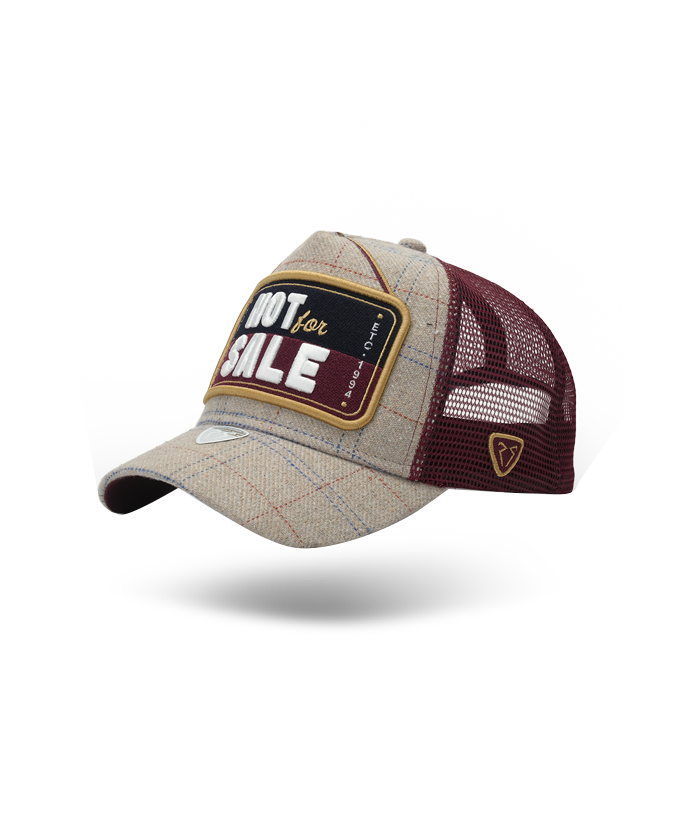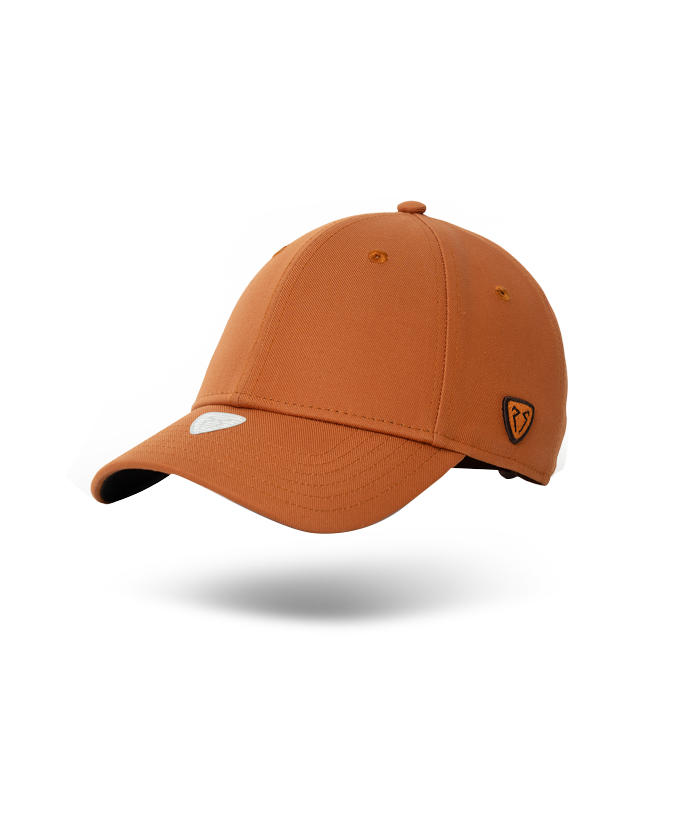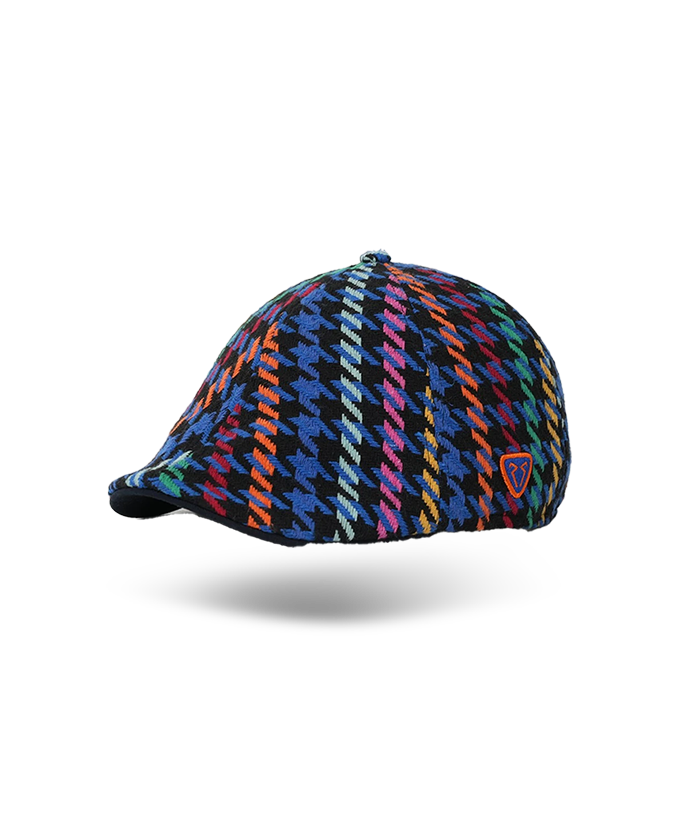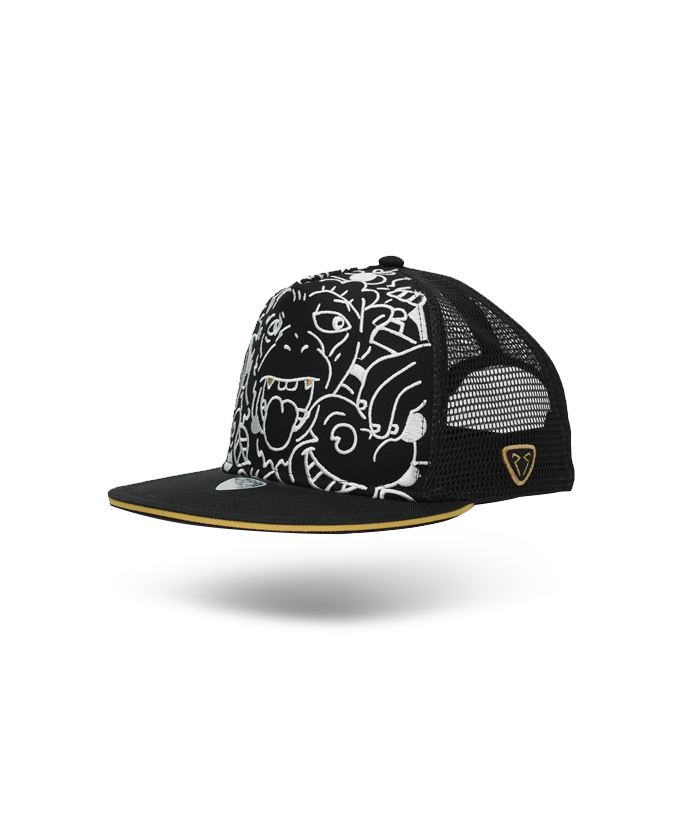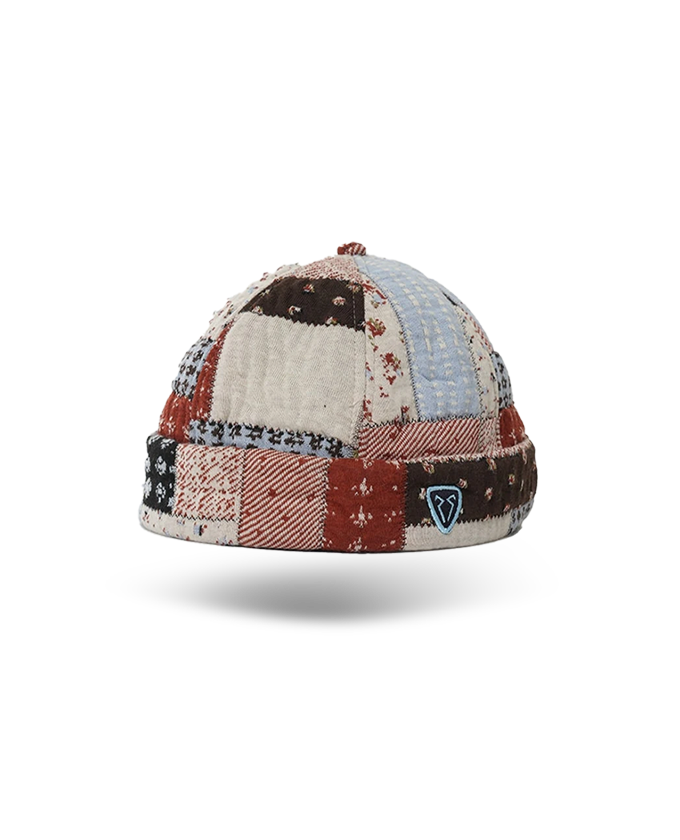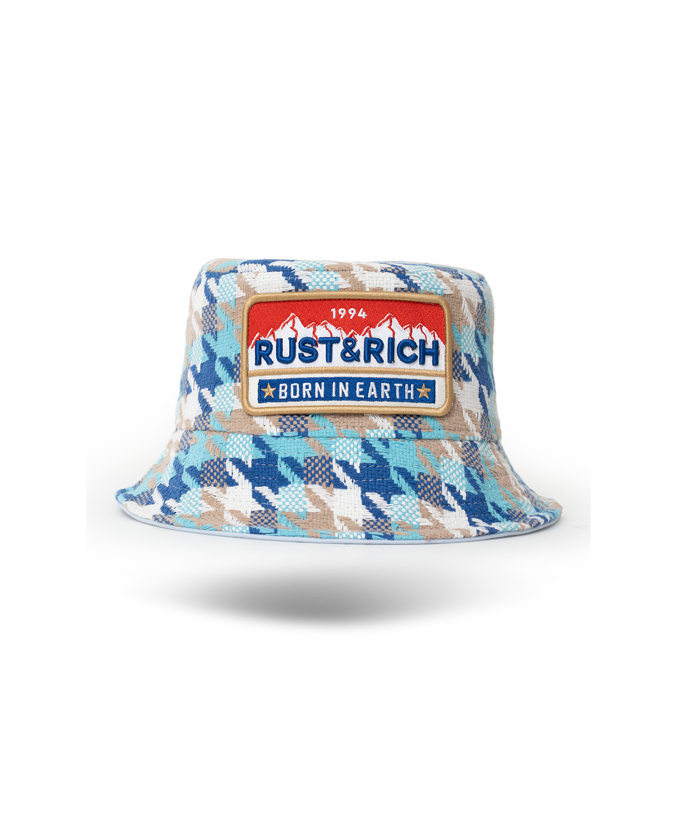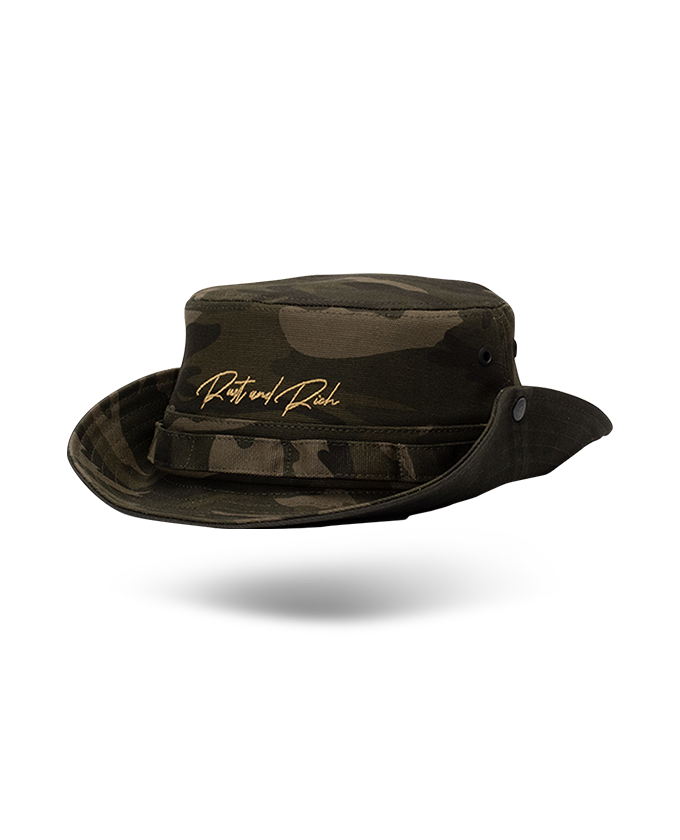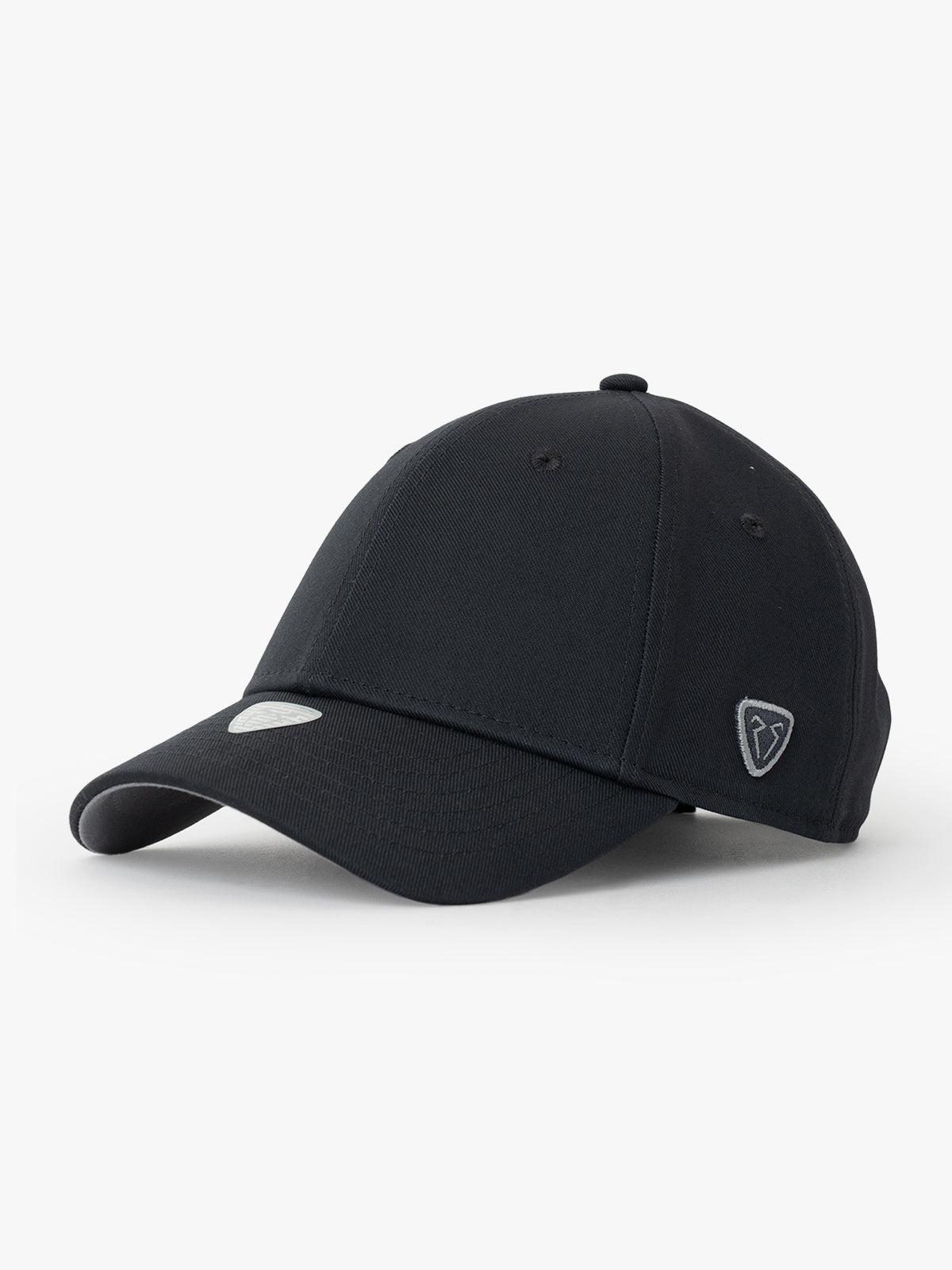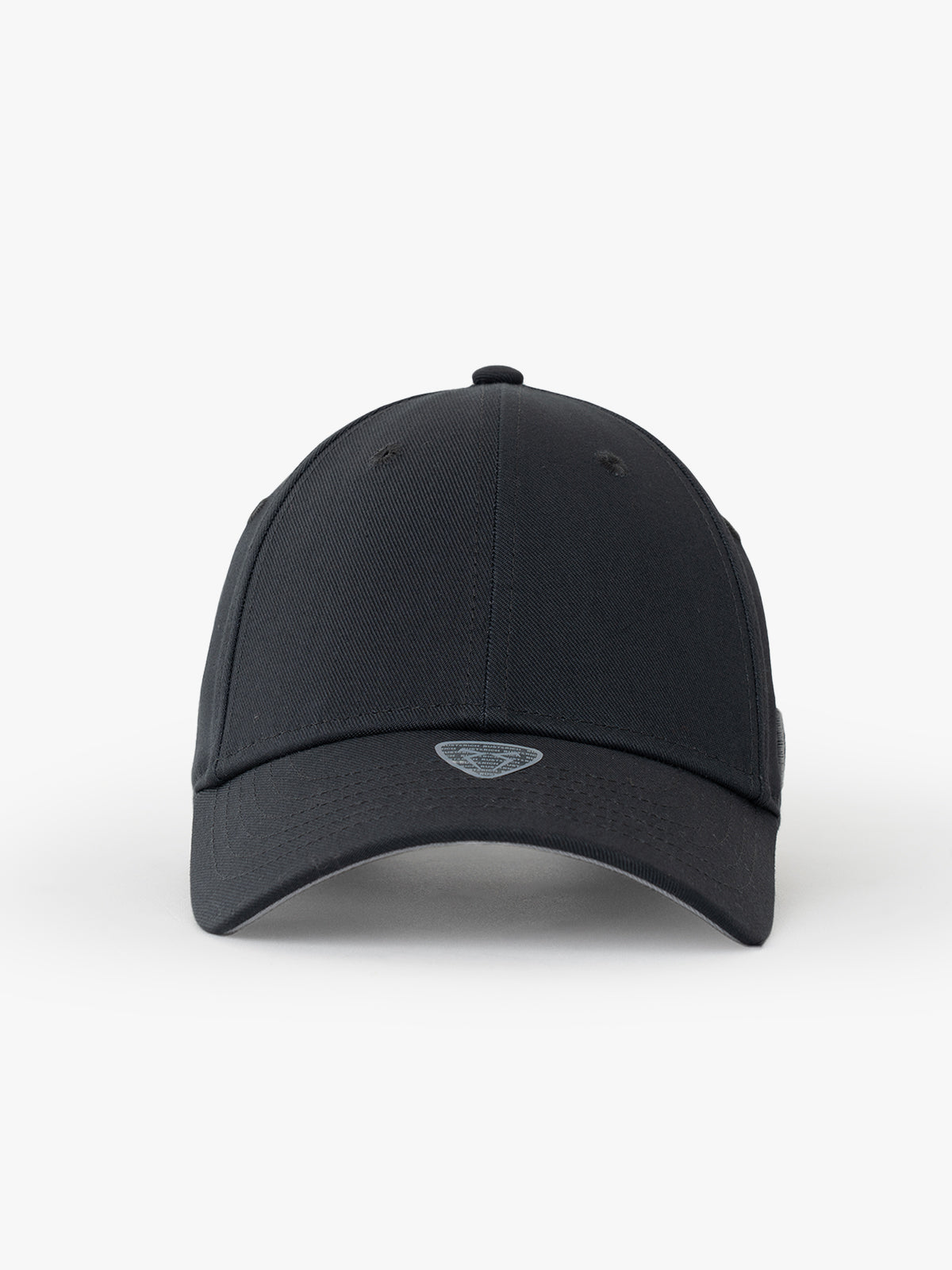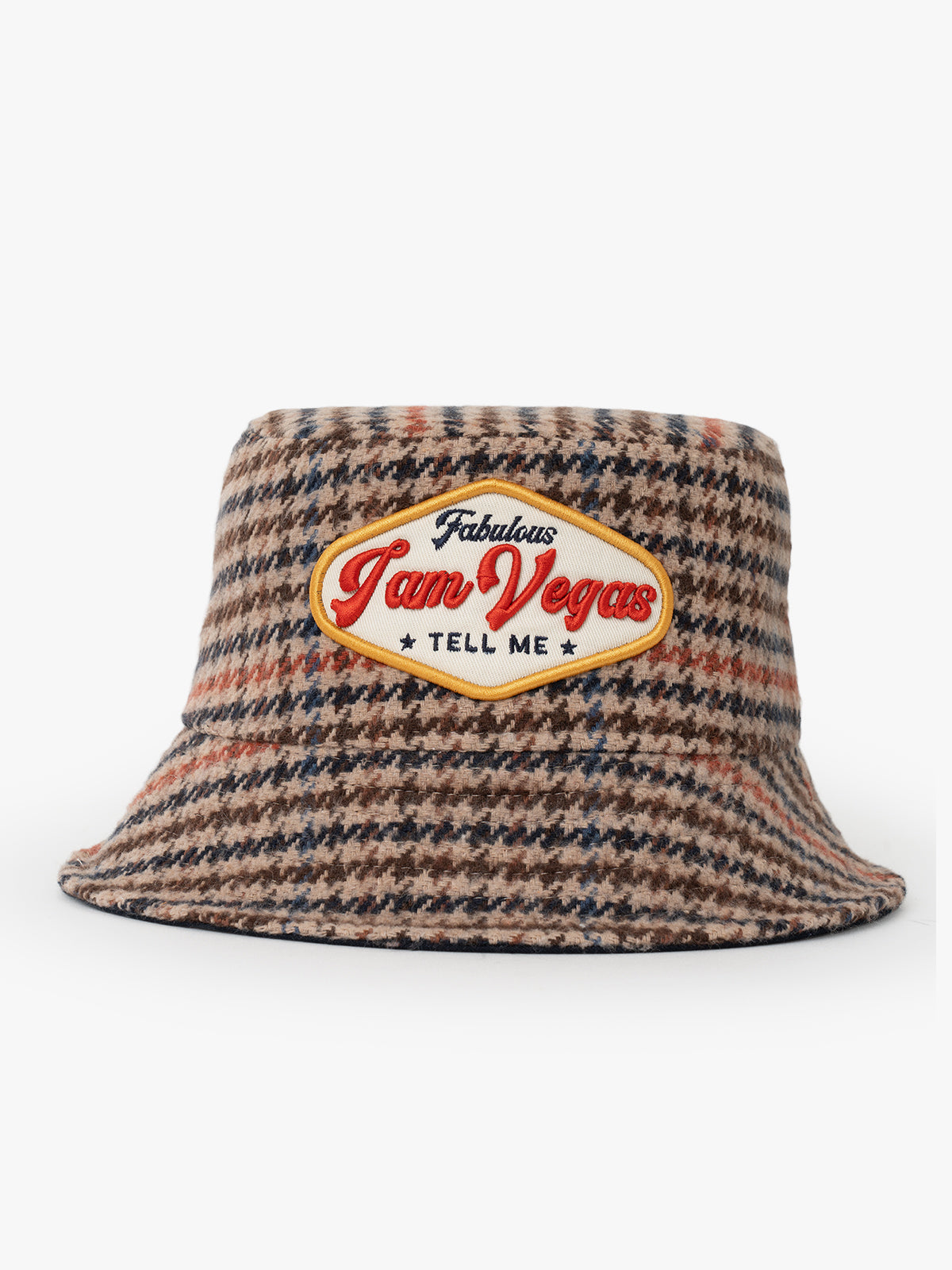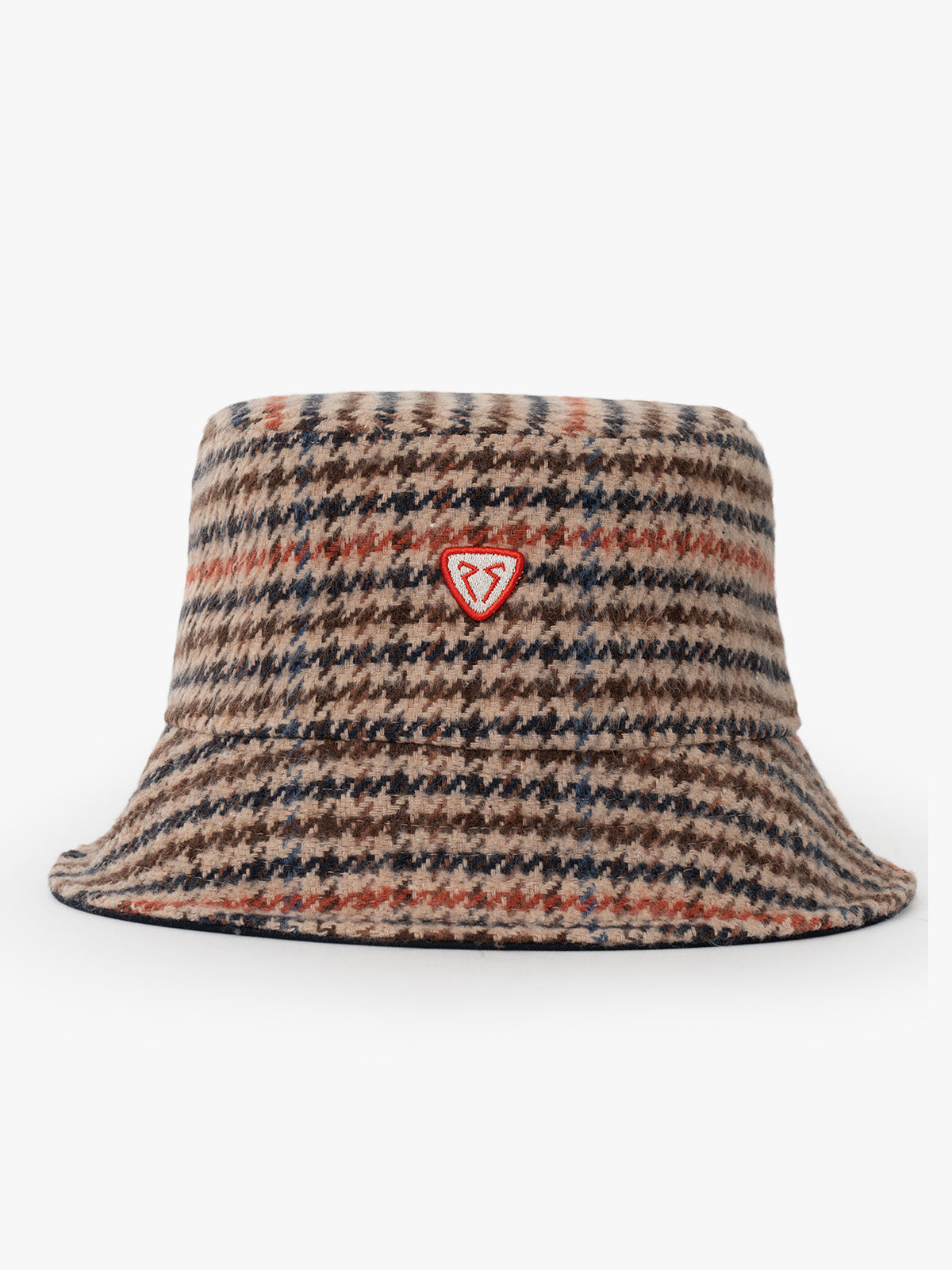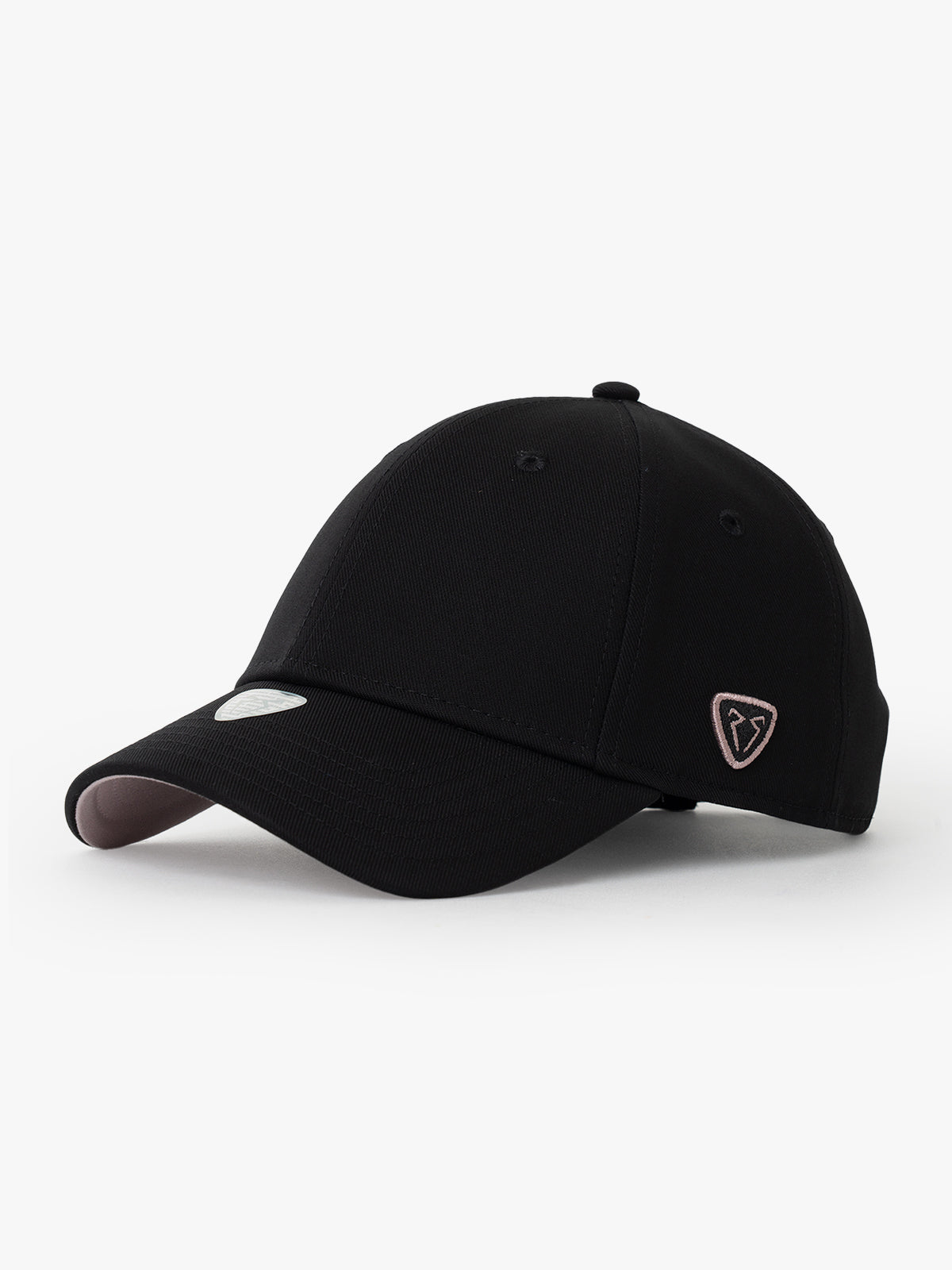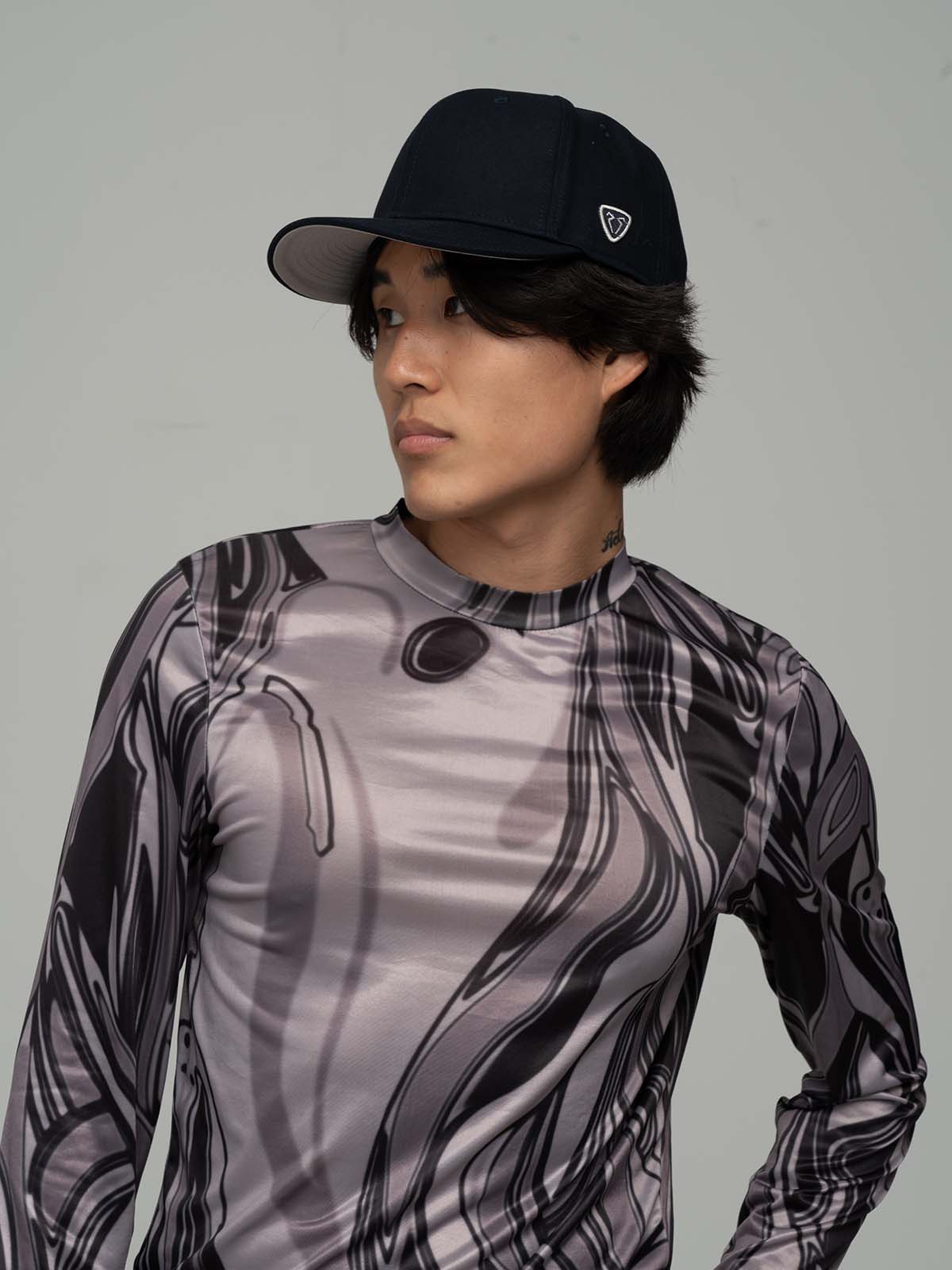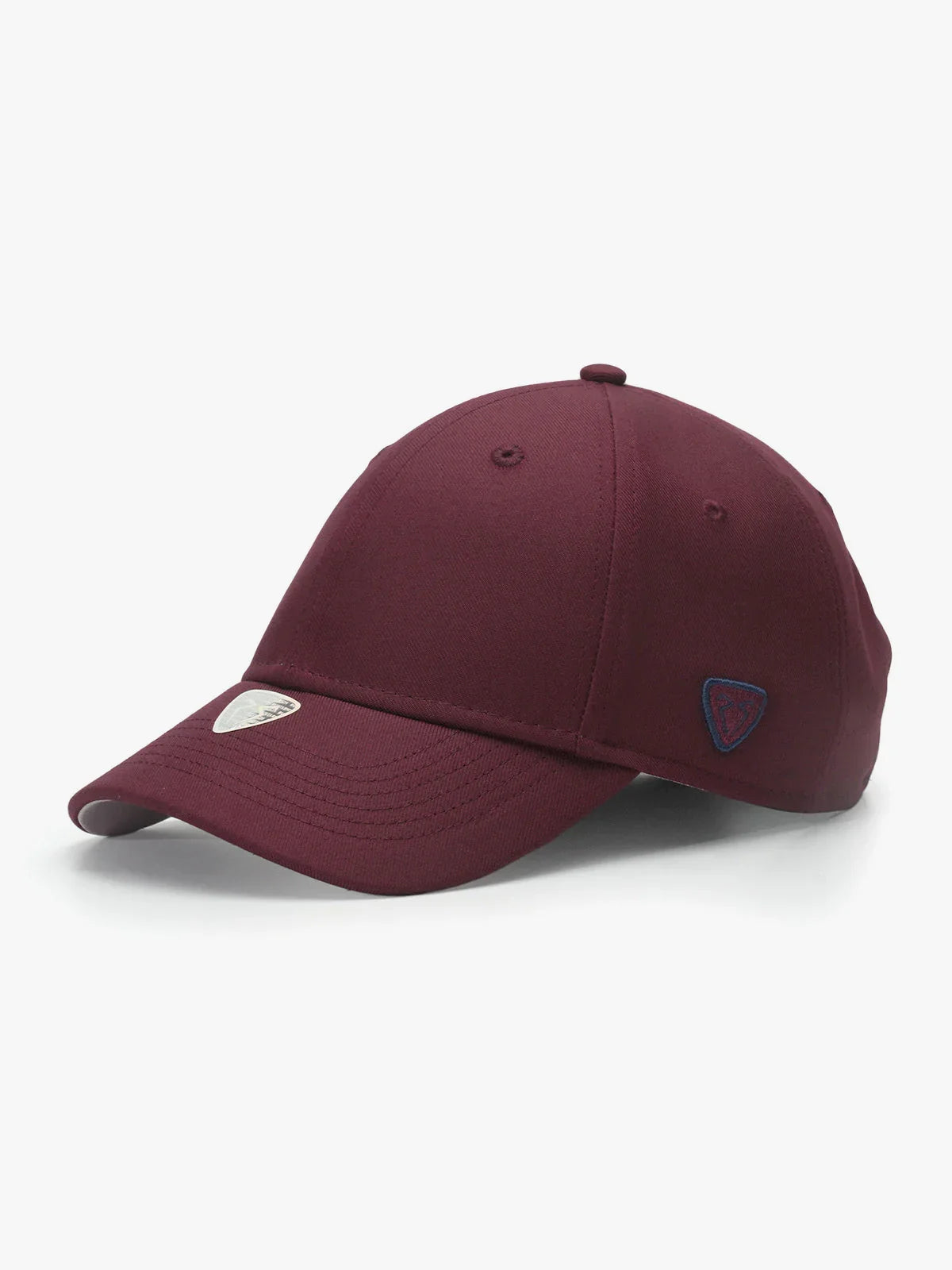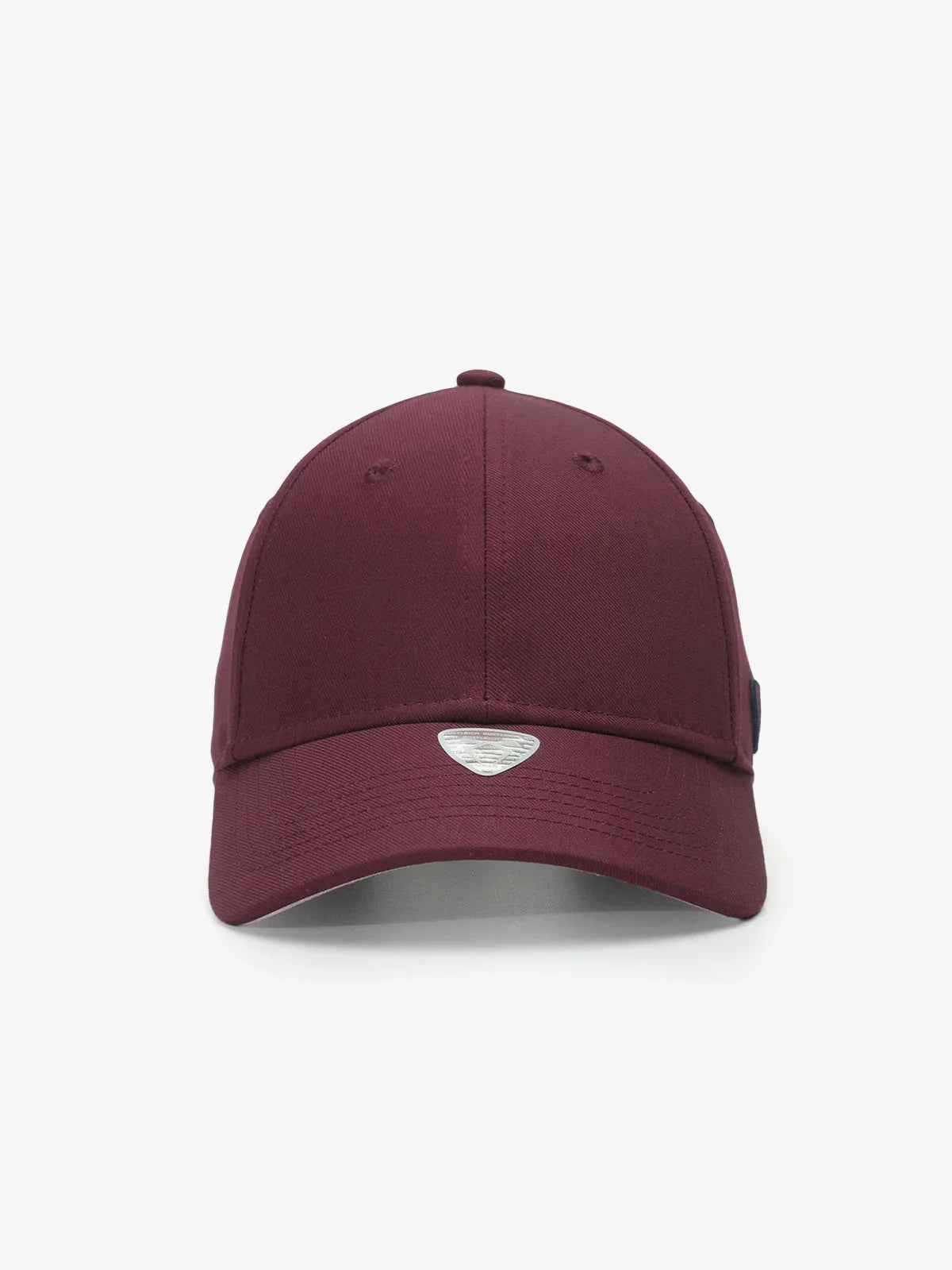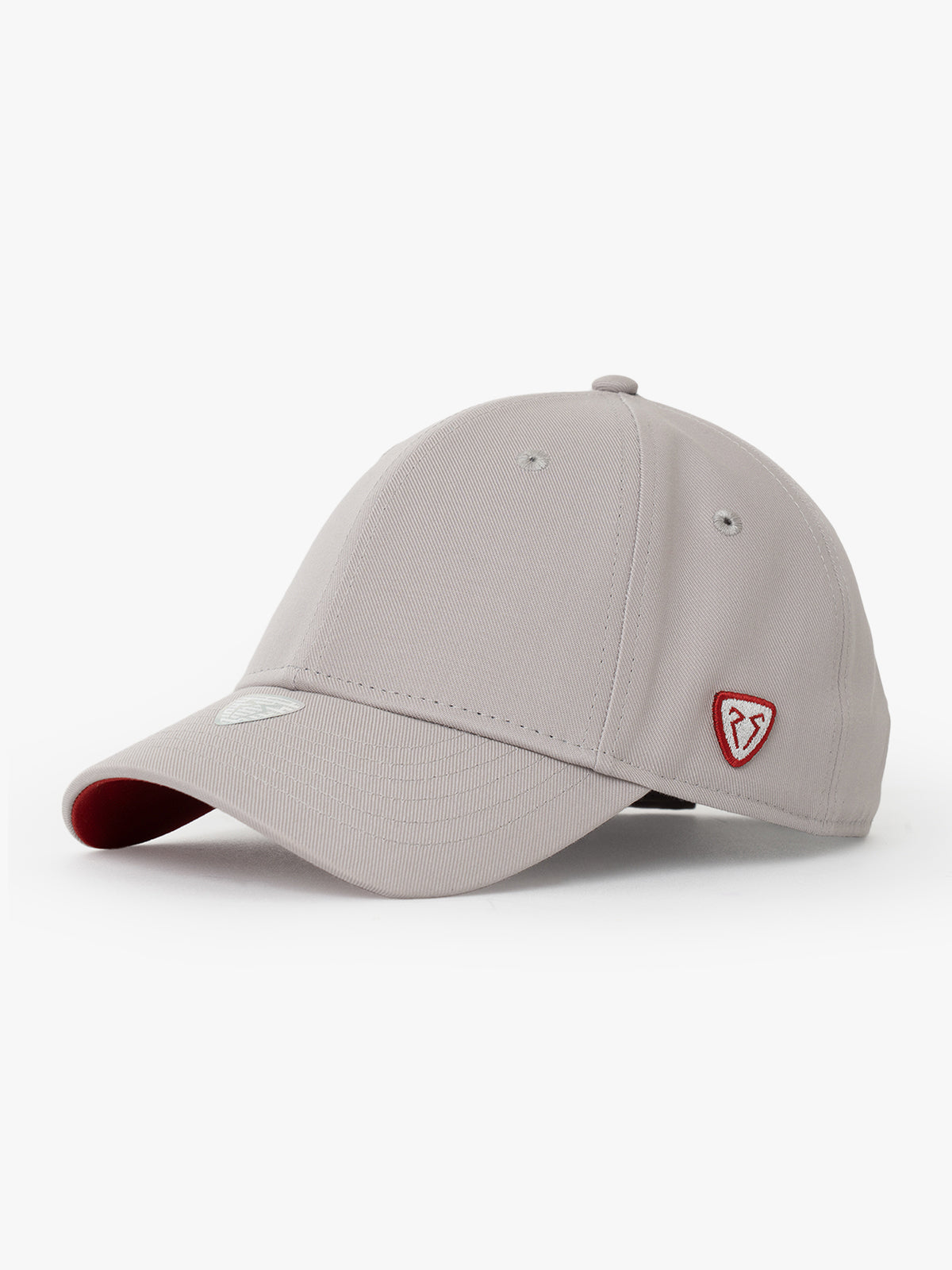Men’s and Women’s Hat Fashion from Past to Present: From the 1920s to the 2020s
Hats have, at one time, been an indicator of status, at another time a symbol of elegance and nobility; sometimes the most colorful expression of a subculture, and sometimes of mainstream fashion. In this long journey from the 1920s to the present, both the function and design of hats have been transformed multiple times in response to social changes, economic conditions, and societal expectations. In this article, titled “Men’s and Women’s Hat Fashion from Past to Present: From the 1920s to the 2020s,” we will examine the hat styles that came to the forefront in various periods, the key differences between them, and how they can be adapted to today’s fashion approach. In addition, we will also touch upon how models such as the baseball cap, trucker hat, docker hat, casket hat, bucket hat, hiphop hat and safari hat offered by RustandRich are positioned as modern examples that carry the traces of the past.
1920s Hat Fashion: The Birth of Classics
The 1920s was a period in which fashion underwent a profound transformation along with the cultural changes that followed World War I. The fedora hat, frequently used by men, was among the most common styles of the era, while for women, the “Cloche,” a bell-shaped hat that fit closely around the head and completely covered the ears, was popular. During these years, the hat was an indispensable part of daily life in terms of both elegance and functionality.
Bold Elegance in Men’s Hats
In particular, fedora hats became a strong symbol reflecting the identity of the urban and modern man. Worn in combination with a suit, this model was among the indispensables of the style codes of the era.
Feminine Breeze for Women
Women combined the “Cloche” hat with short hair to create a new silhouette that was both elegant and accentuated the neck and nape areas. This hat also exemplified how quickly women adapted to the era’s winds of modernization.
Today, you can see traces of the 1920s’ elegant lines in models such as the casket hat. RustandRich, particularly in its casket designs, synthesizes this period’s nostalgic texture with modern lines and brings it to fashion enthusiasts.

1930s and 1940s: Simplification and Functionality
The 1930s passed under the shadow of the Great Depression, during which fashion became more simplified, and clothing and accessory choices became more functional. Hats also took their share from this arrangement: wide-brimmed designs emphasizing sun protection came to the fore, while ornaments and decorative details decreased.
The Impact of Working Life on Men’s Hats
In both the U.S. and Europe, men’s hat fashion in the 1930s and 1940s adapted largely to working life. The working class began to prefer more durable and practical headgear. This trend can be considered the precursor to practical and comfortable models such as the docker hat or trucker hat in the following years.
Straight Lines and Small Details for Women
Due to the harsh conditions of the war era, women’s hats evolved into modest and simple designs. Although some models featured small details like feathers or ribbons, overall there was a more minimal stance that left the splendor of the 1920s behind.
1950s and 1960s: Rock’n Roll and a Burst of Color
After World War II, increased economic prosperity and the young population’s takeover of dominant cultural influence opened the door to a new era in the fashion world. This situation was directly reflected in hat models as well.
Color Diversity in Men’s Hats
Although classic styles like the fedora and bowler hat continued in the 1950s, more comfortable and colorful options began to emerge in daily life. Men who embraced street style in the city matched their hats with tonal outfits.
Wide-Brimmed and Showy Hats for Women
Especially in the 1960s, wide-brimmed hats, which also aimed at sun protection, gained popularity. Pastel tones, floral patterns, and ribbon details reflected the refined taste of that era.
This vibrant spirit of fashion lives on today in wide-brimmed and functional models such as bucket hats or explorer (safari) hats. RustandRich updates its color palette each season to add modern touches to these vintage-inspired designs.
1970s and 1980s: Youth Culture and Experimentation
The 1970s was a period when, under the influence of hippie culture, floral, patterned, and loose-fitting clothes rose to prominence; the 1980s, on the other hand, was a time that winked at the glittering world of disco and pop music. Hats also became important complements to this wave of change.
Hippie and Bohemian Breezes
In the 1970s, the younger population embraced a style of dress that prioritized comfort and naturalness. Sometimes embroidered bandanas, sometimes wide-brimmed straw hats were among the prominent accessories of this movement. In these years, when colors were used freely and patterns were boldly combined, the hat was not just a protector but a way for a person to express themselves.
Street Culture and Sports Style in the ‘80s
The 1980s were years when street fashion, inspired by sports and ruled by neon colors, shone brightly. During this period, the baseball cap, inspired by baseball team uniforms, spread to a wider audience. At the same time, mesh-detailed trucker hat models found their place in many areas, from truck drivers to music videos.

1990s and 2000s: The Change Brought by Hiphop and the Rise of Minimalism
The 1990s was a period when hiphop culture resonated worldwide, creating a unique form of expression for youth, from street dances to graffiti. This spirit also found its way into hats. The hiphop hat, with its flat brim, striking logos, and often paired with baggy clothing, became one of the most well-known symbols of that era. Then, when the 2000s arrived, fashion moved toward more minimal and simple lines, and hats took part in this transformation as well.
Oversized and Showy in the ‘90s
In street culture, baggy sweatshirts, baggy pants, and eye-catching hiphop hat designs stood out. This accessory was not only for sun protection but also a reflection of a lifestyle shaped by music.
Minimal Touches in the 2000s
With the retreat of the high-waisted trend and the rise of slim cuts, hat styles also became simpler. Printed or written hats were replaced by more minimal yet strikingly detailed products.
This balance from that era continues to live on today in the simplicity of models like the docker hat or bakerboy hat and in the small, cleverly placed design tricks. RustandRich uses inspiration from this era to bring modern and urban interpretations to classic forms.

2010s and 2020s: The Return of Retro and Sustainability
The past 10-15 years have been a time when the concept of “retro” returned powerfully to the fashion scene. Movements ranging from the 1920s to the 1990s appear in the fashion world almost simultaneously. For instance, while vintage models like casket hats and bakerboy hats are greatly loved on one hand, on the other, minimal-design baseball caps or docker hats continue their popularity.
Retro and Vintage Touches
Elegant lines inherited from the 1920s, floral patterns from the 1970s, glittering touches from the 1980s, or the hiphop energy of the 1990s… They all appear together in the collections of various brands. RustandRich reflects this eclectic trend in its own designs, appealing to both classic and innovative audiences.
Sustainability and Function
One of the most important trends of recent years is sustainable and eco-friendly production. In hat fashion, recyclable materials and options such as organic cotton or linen come to the fore. This approach is not only about aesthetics but also related to a sense of responsibility towards the planet. Functional models like the explorer (safari) hat, produced with this sustainable understanding, have become favorites of those who love outdoor sports. At the same time, these designs can be easily used in city life and are in harmony with the versatility of modern life.

As can be seen, hat fashion has changed form and meaning countless times over the course of about a century. From the elegant fedora hats of the 1920s to the minimalist docker and bakerboy styles of the 2020s, each era reflected its own spirit in hat designs. During this process, hats sometimes became an indicator reflecting the socioeconomic dynamics of society, and sometimes the most striking symbol of music and art movements.
Today, within RustandRich’s range, many models such as baseball caps, trucker hats, docker hats, casket hats, bucket hats, hiphop hats, bakerboy hats, and explorer (safari) hats combine the spirit of a century-long hat adventure with modern lines. Whether you are looking for a retro vibe or pursuing a sustainable option, you will surely find a hat that suits you in the brand’s extensive collection.
If you want to add a touch of the past to your daily style or create a completely original look, take a look at RustandRich’s hat collection right away. Start writing your own history with hats that reflect the spirit of each era and are simultaneously adapted to today’s fashion sensibilities!
Read more
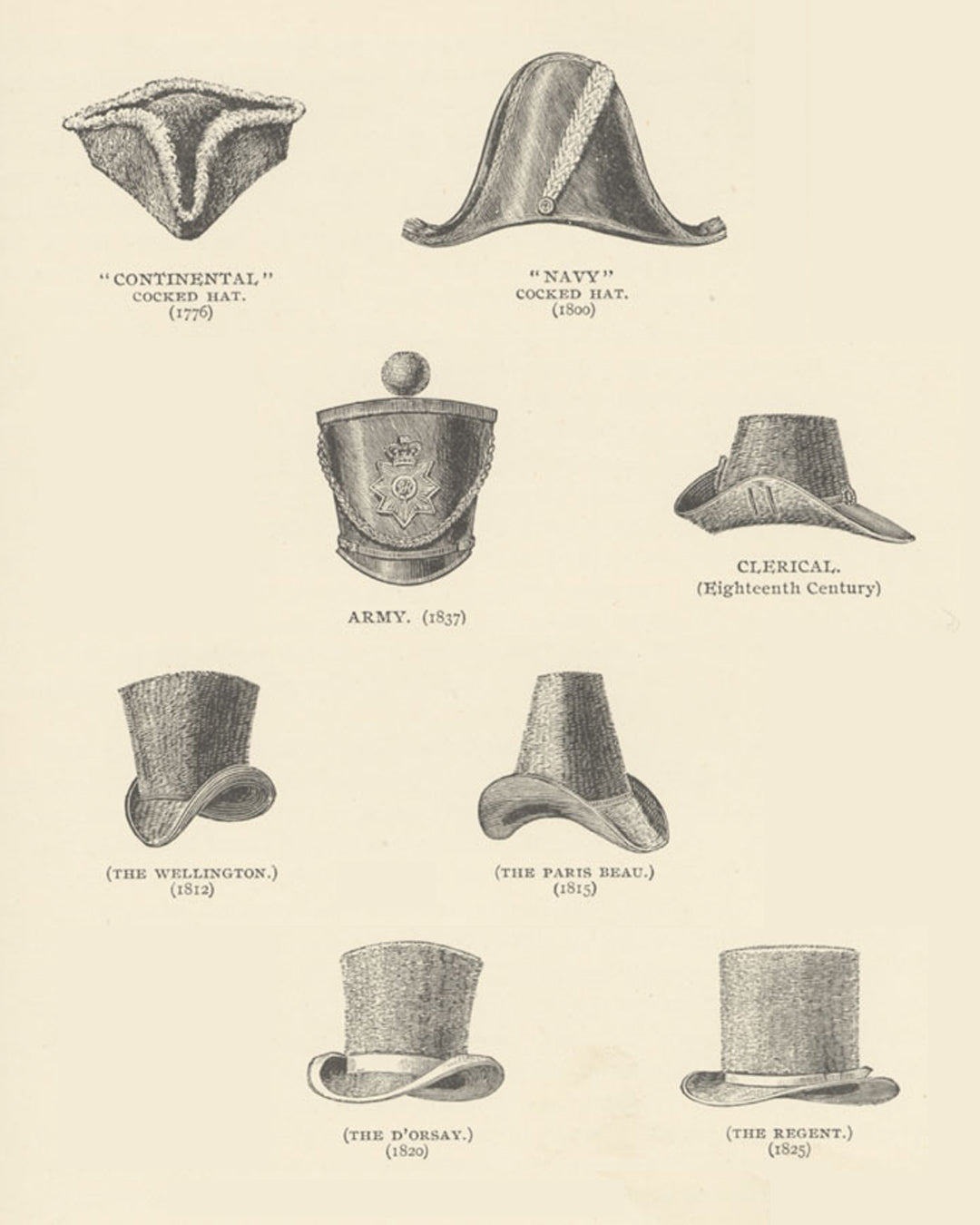
The Cultural Journey of Hats: Hat Traditions Across Different Regions of the World Hats have transcended their role as mere accessories to become significant symbols reflecting the identities and c...
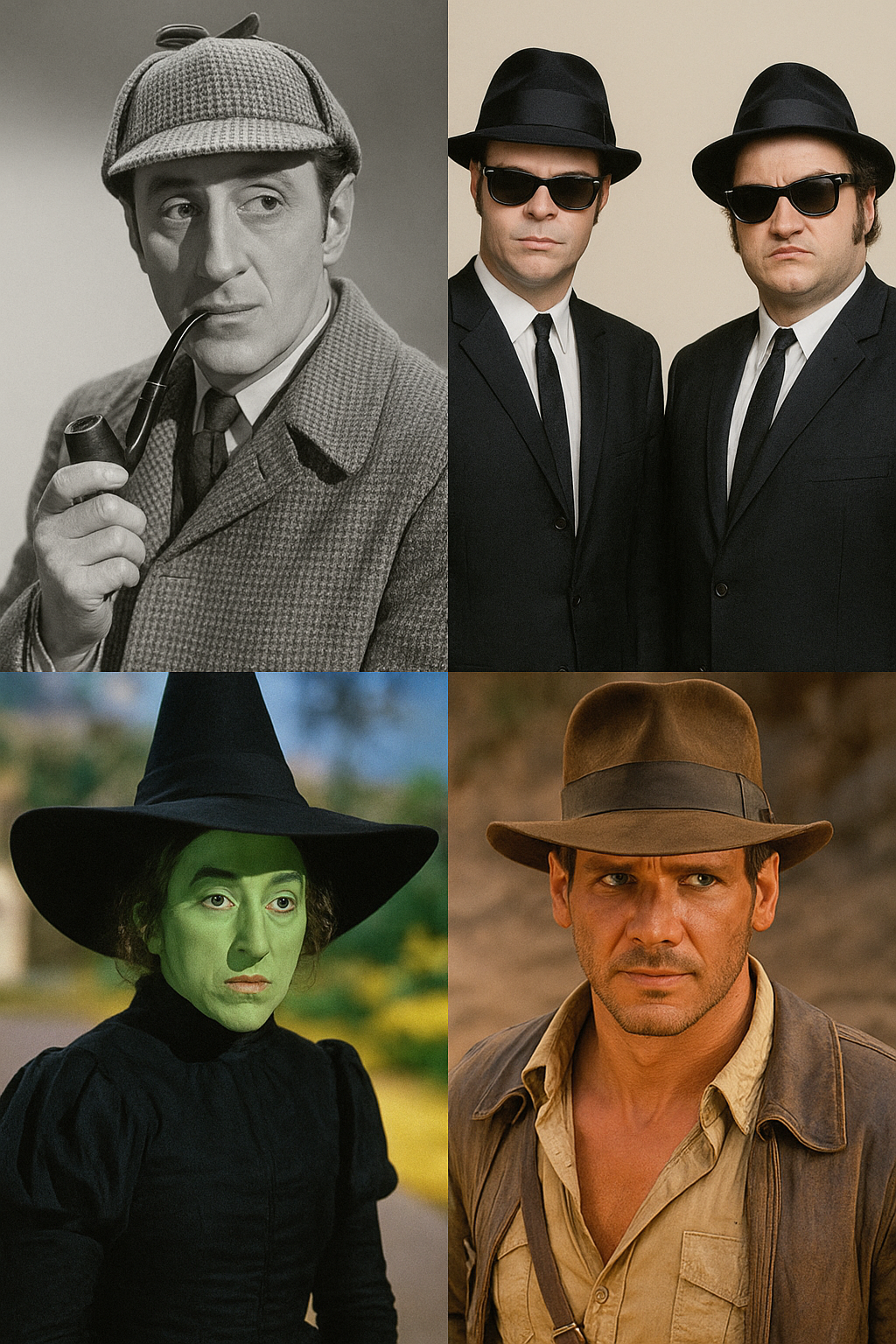
Many characters that have left their mark on the history of cinema remain in our memories with their signature costumes and accessories. Especially hats sometimes symbolize the hero’s intellect and...


